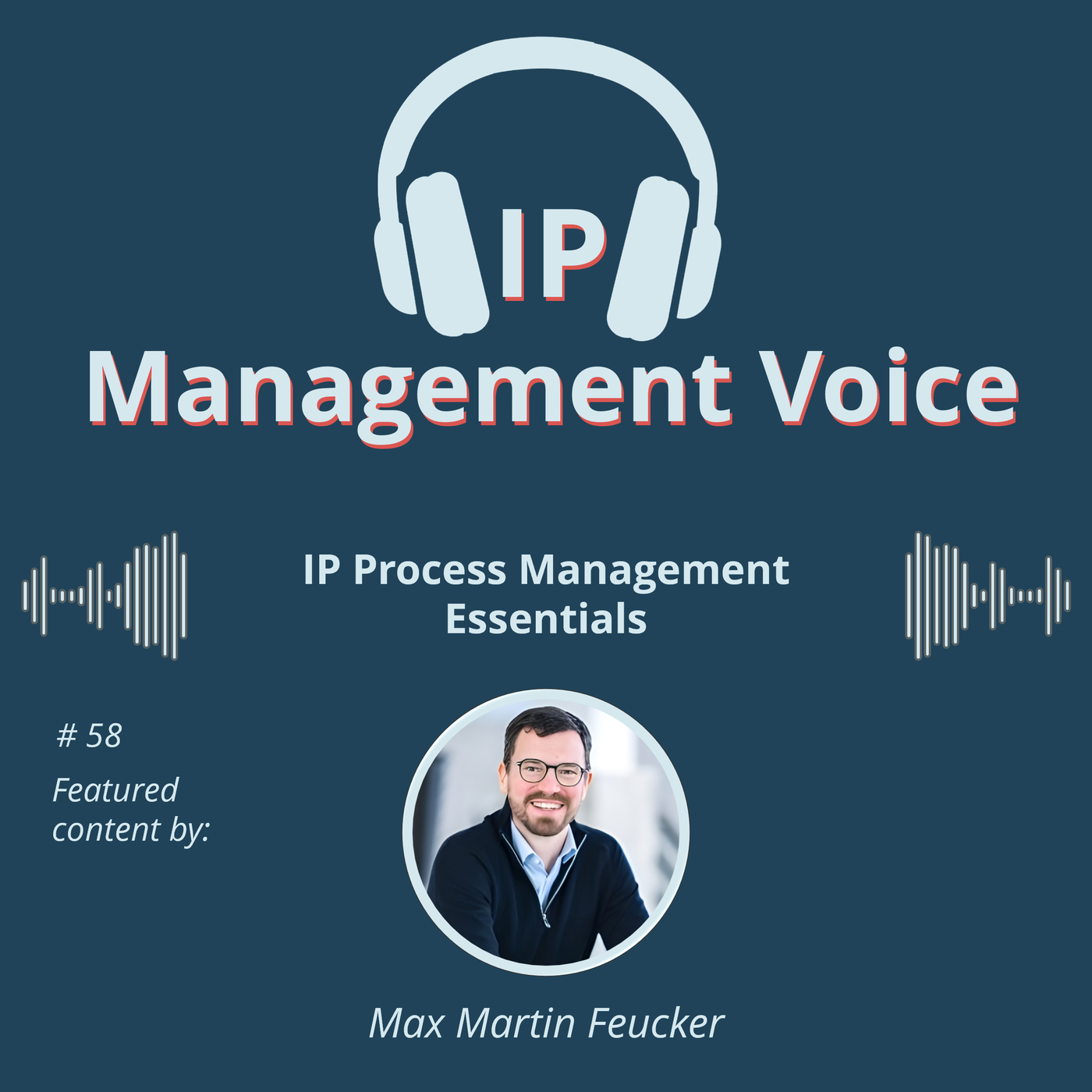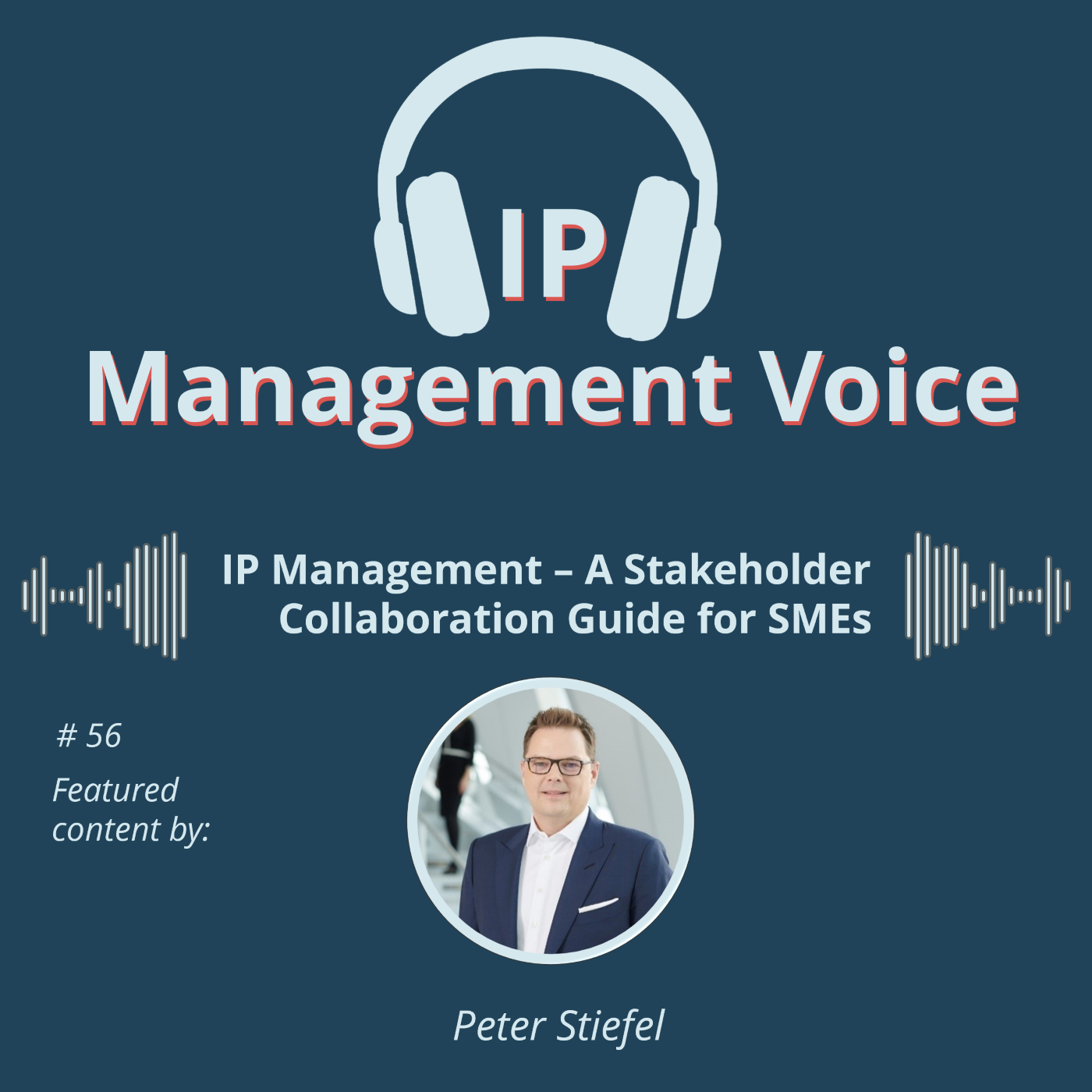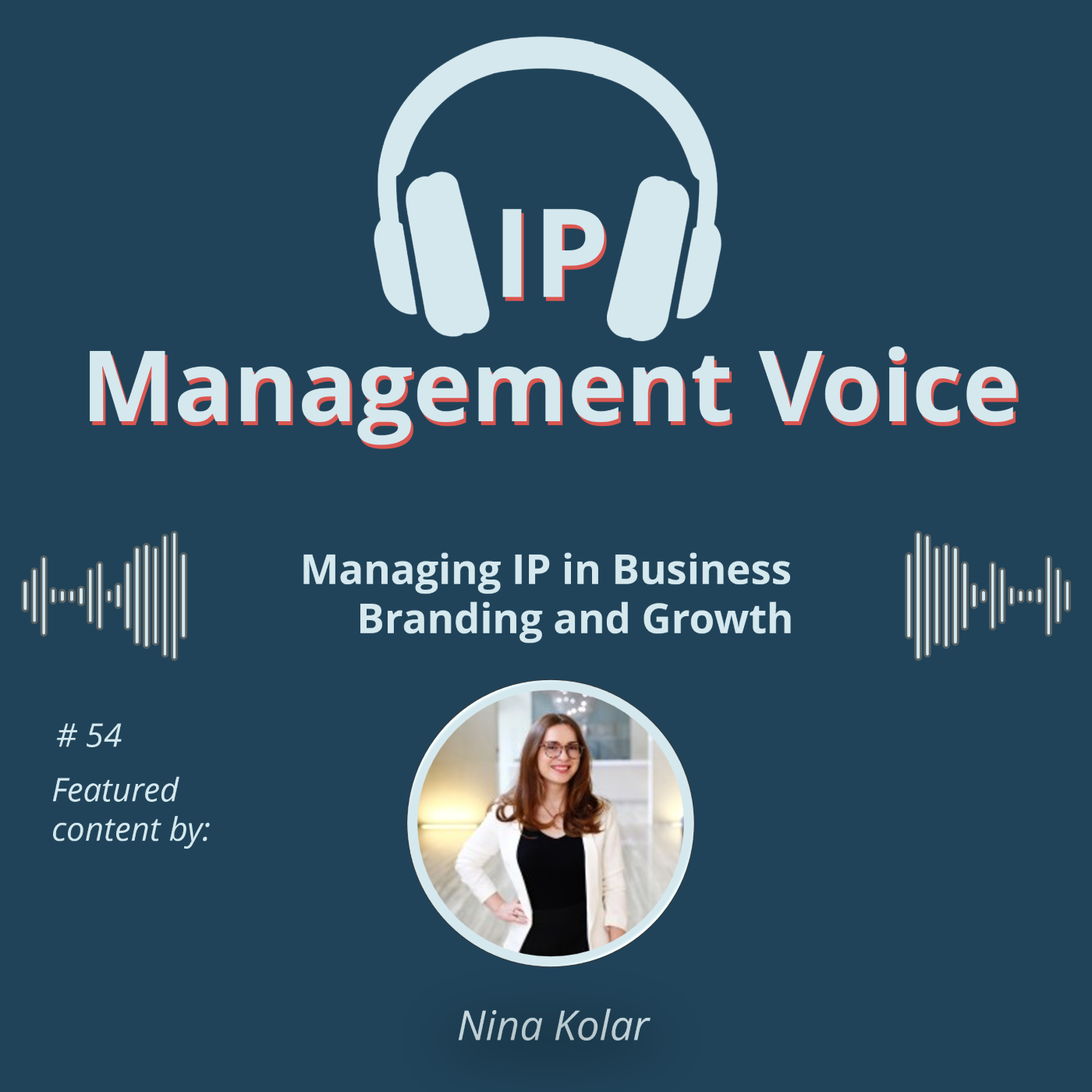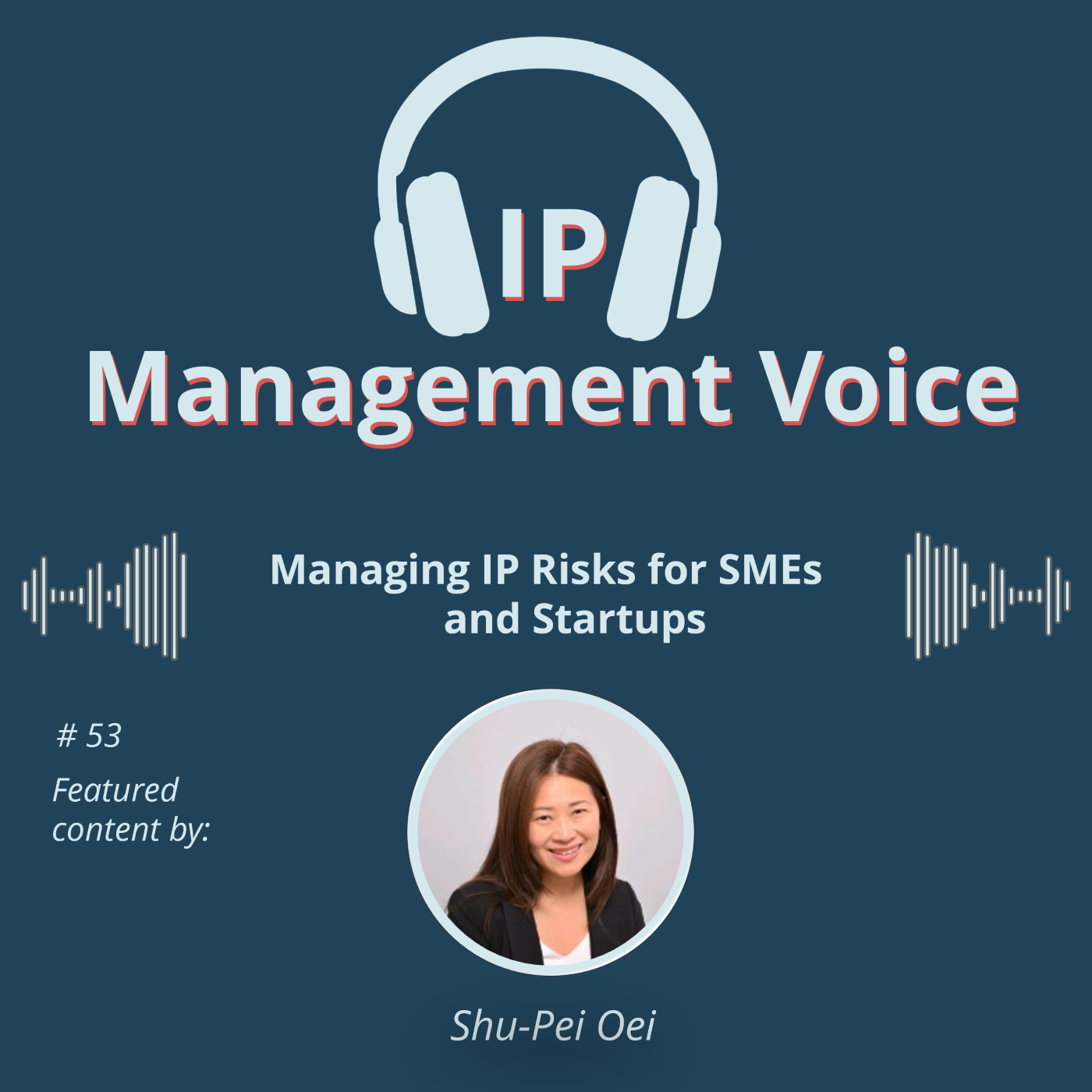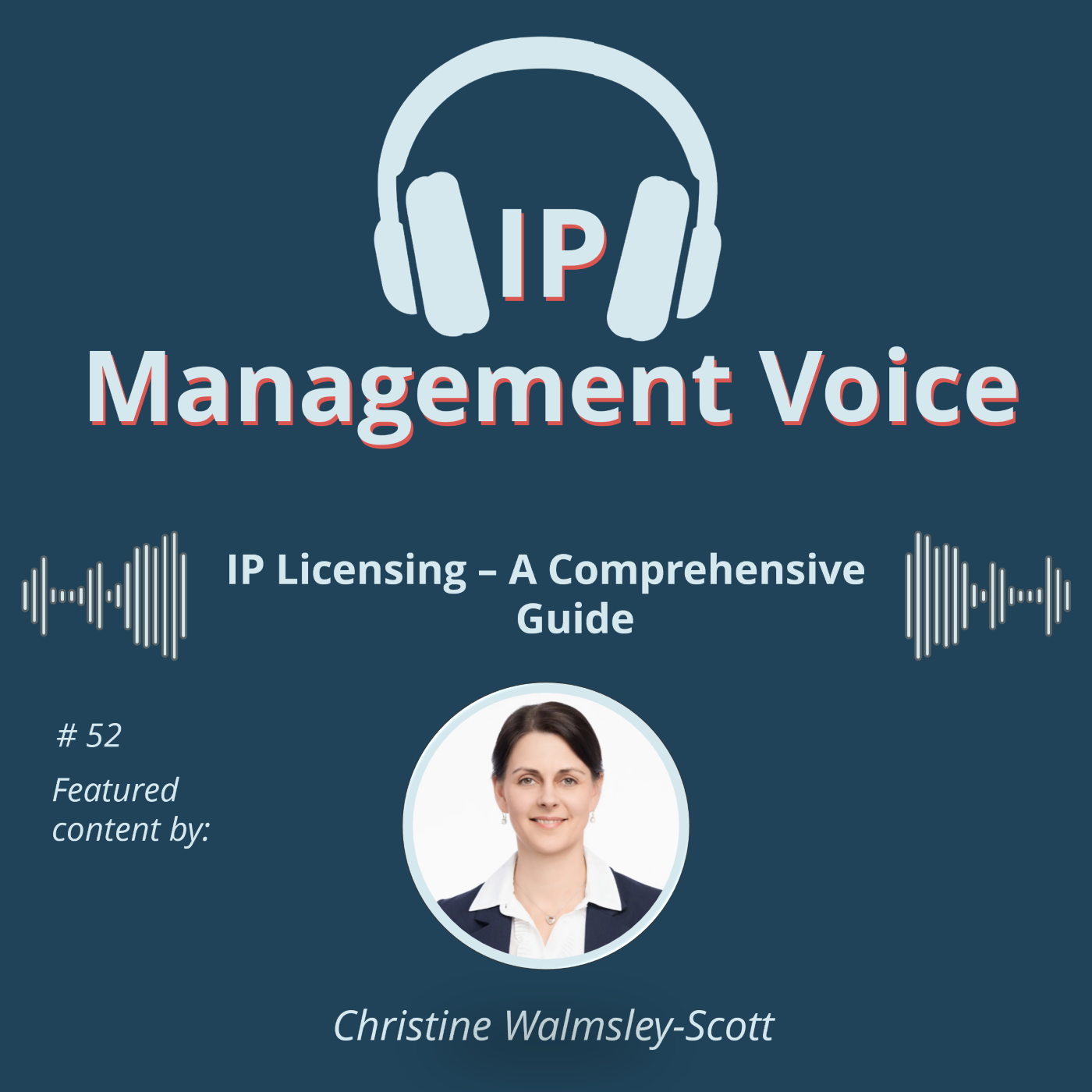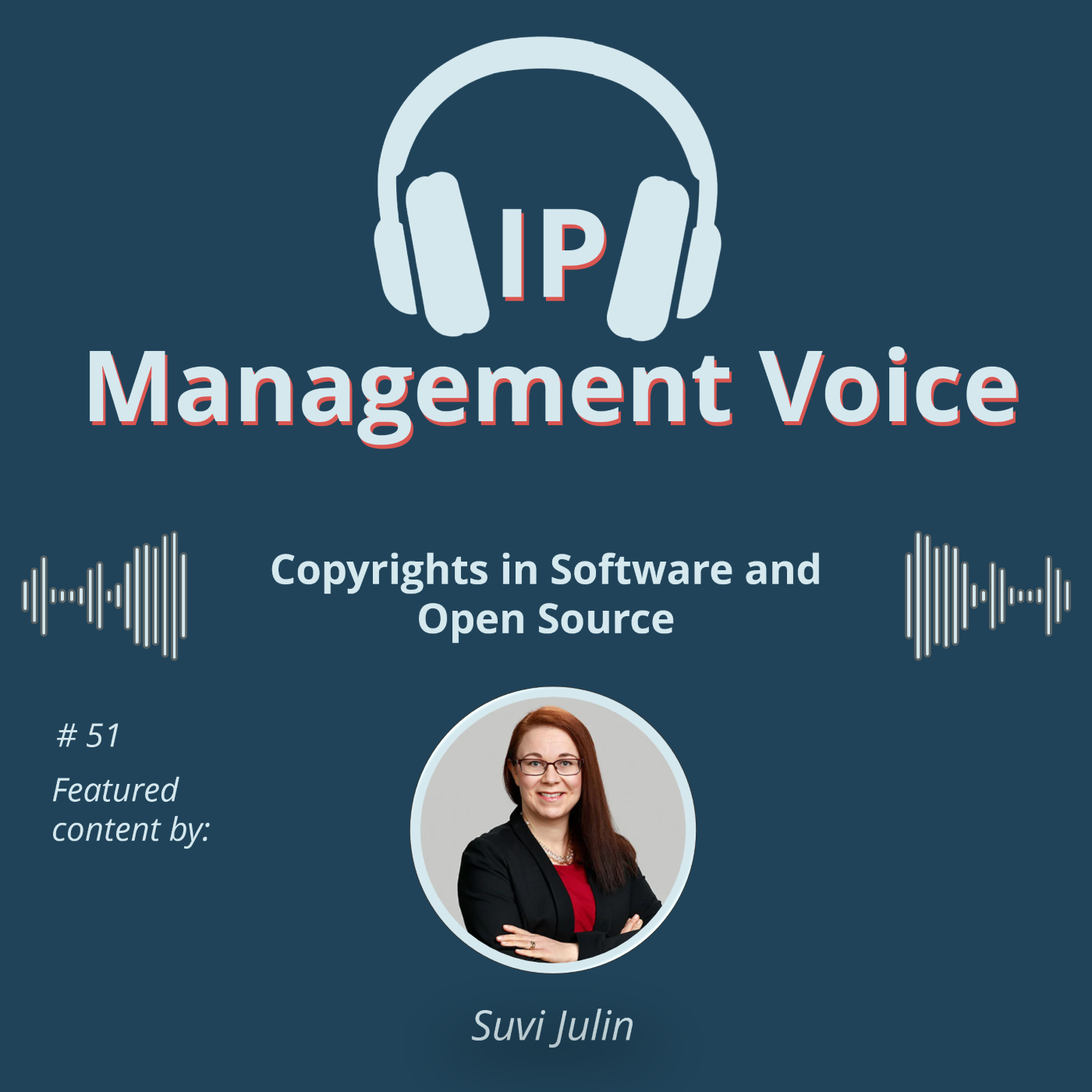
#59 Protecting Visual Innovation with Design Rights
Design rights protect the visual features of products, including shape, pattern, colour, and texture. They can apply to an entire product, specific parts, or fine details, depending on business strategy. Efficient options for registration include the EU’s Registered Community Design (RCD) and the Hague System for international coverage, offering cost-effective protection. To build a stronger framework, design rights are most effective when combined with other IP rights such as trademarks, patents, and copyrights, creating layered protection and reinforcing brand value. To qualify, a design must meet two essential criteria: novelty, meaning it has not been disclosed before, and individual character,...
